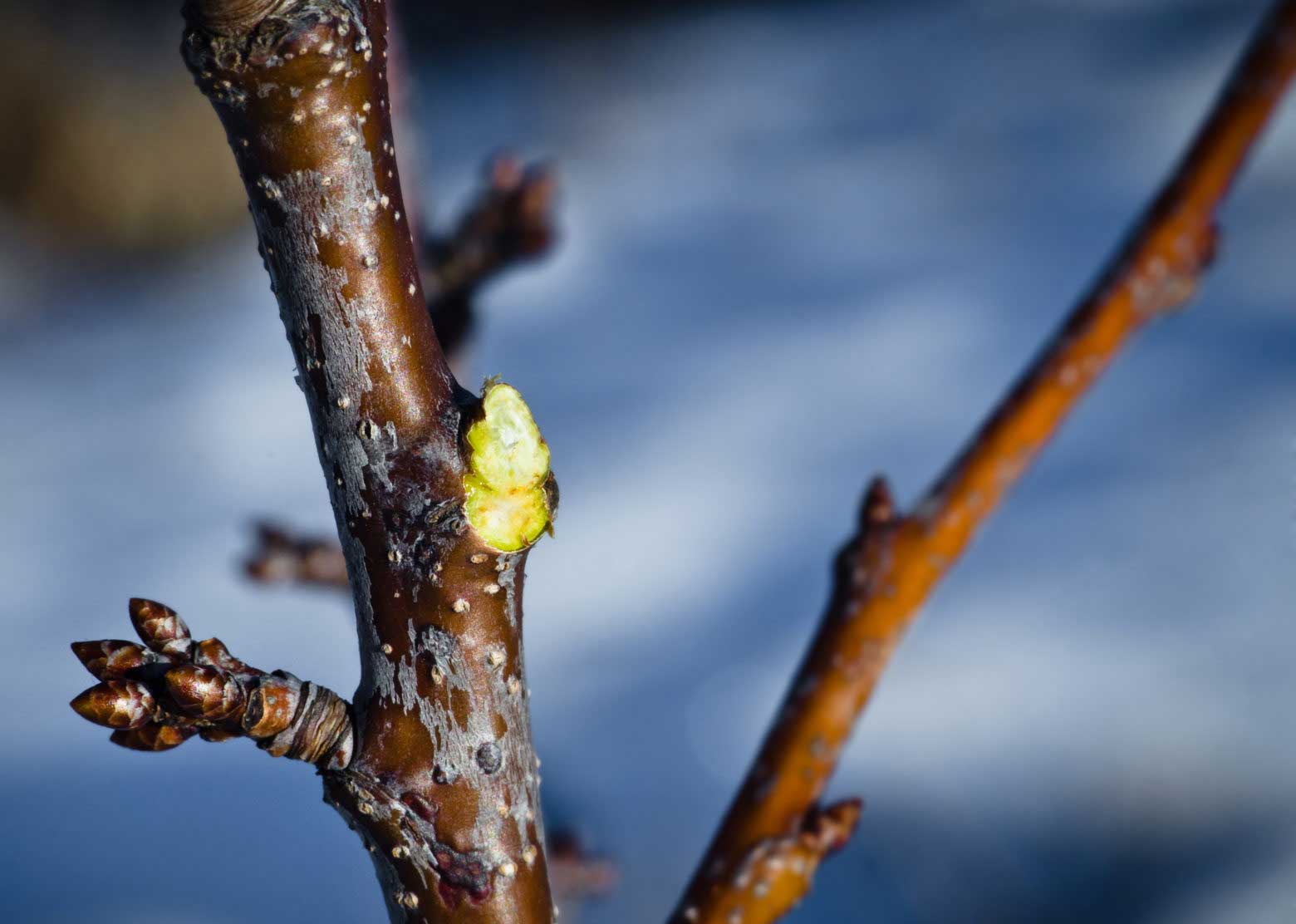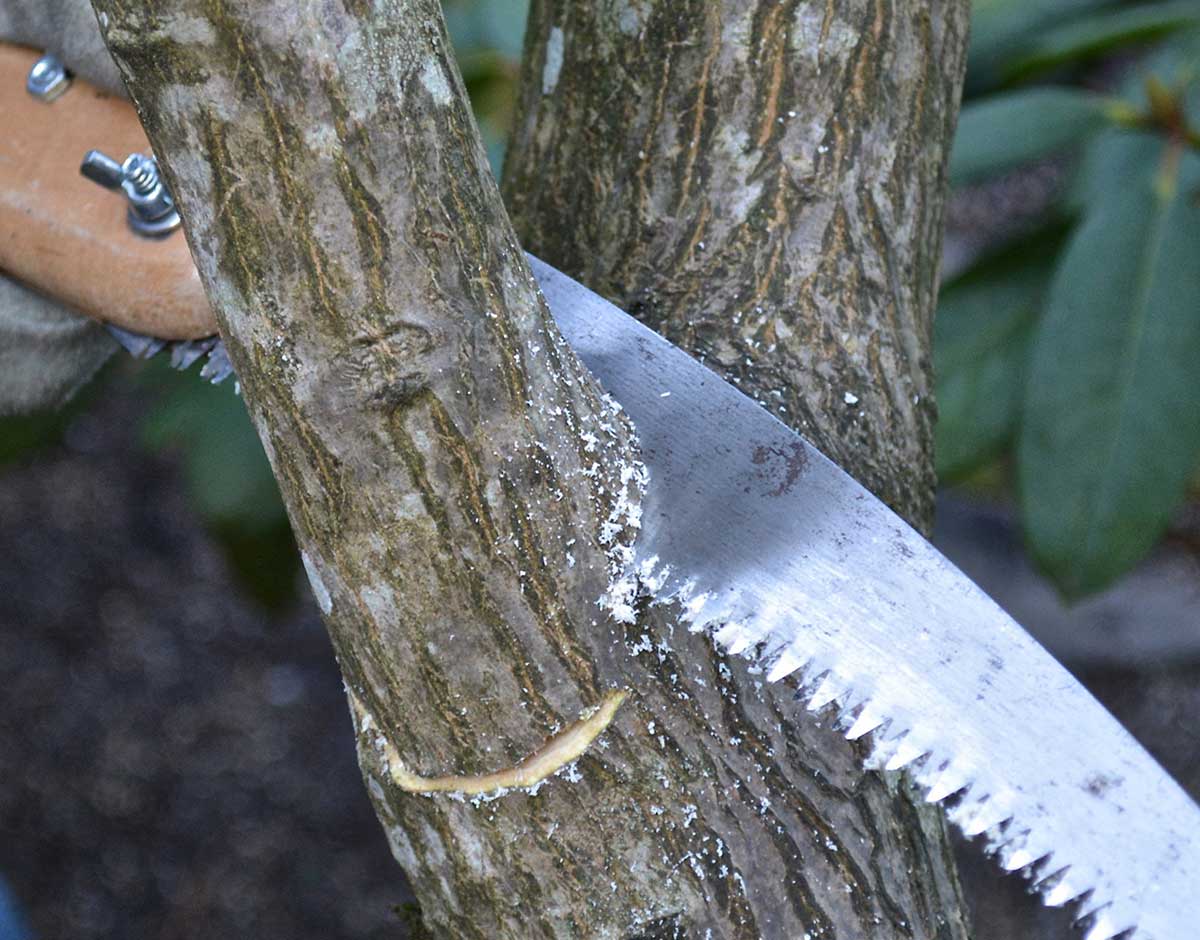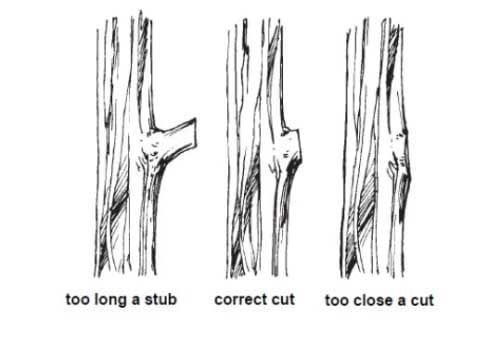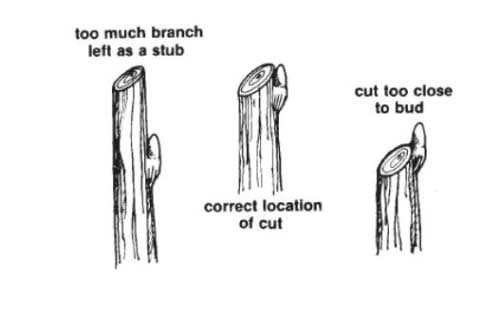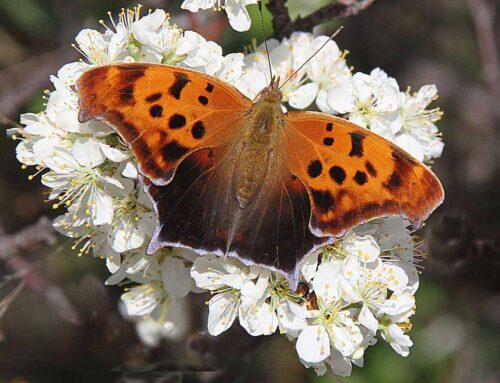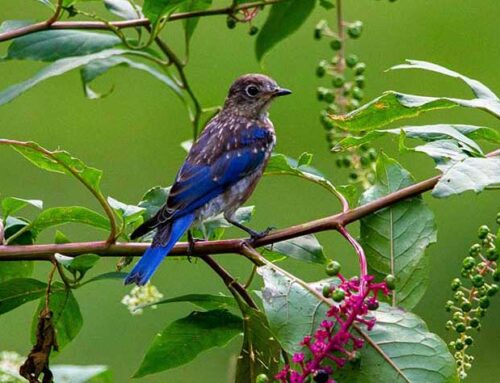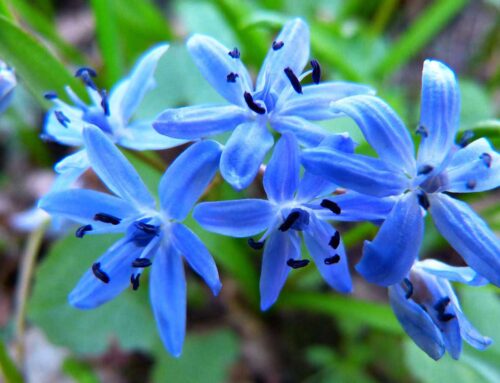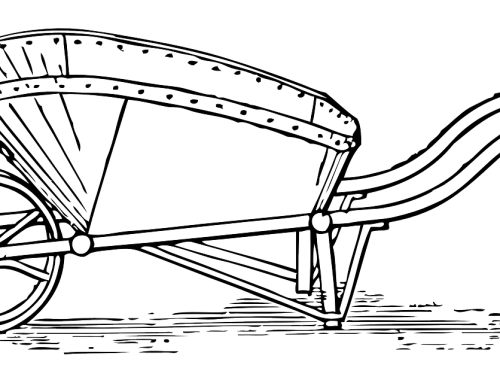Pruning | What, How, When, and Why
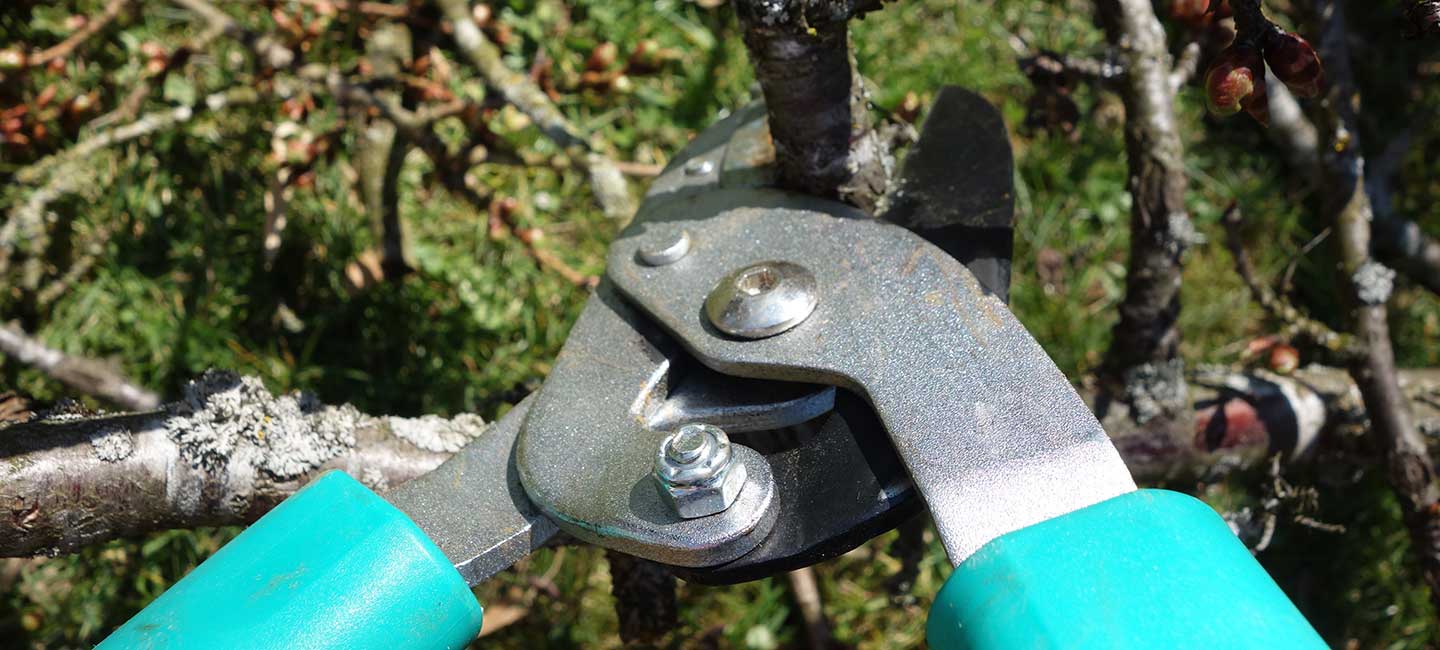
Sustainable Landscaping
and Property Management
“I prefer winter, when you feel the bone structure in the landscape – the loneliness of it – the dead feeling of winter. Something waits beneath it – the whole story doesn’t show.”
Once winter sets in and the cold weather chases many of us indoors, often the last thing on your mind is the landscaping. After all the leaves have fallen and the branches are bare, until the reawakening in the spring, we generally just walk on by without a thought. Besides, what could there possible be to do in the garden beds in the dead of winter.
Well think again. Winter is often the best time to do pruning and thinning on almost all your trees and shrubs. Although winter and early spring is a great time to prune, if the tree or shrub is a spring flowering plant and the blooms are important to you, it may be best to wait and prune that plant shortly after it is done blooming. Even though pruning spring blooming plants in the winter will never adversely affect the plant’s health, it can and very often does reduce those blooms.
Correct pruning is a landscape practice that can enhance the health, vigor and aesthetics of your trees and shrubs resulting in an overall improvement with regards to your property’s appearance, therein providing an increase in property value. Throughout the winter season the majority of woody deciduous plants go into dormancy and therefore many of the diseases and insects that affect them through pruning cuts also are inactive. With most of the foliage fallen, the overall growth habit and structure of the plant is more visible making the damaged, diseased, and/or scrawny growth both easier to see and reach.
If you prune your shrubs and tree in the late summer or early fall, that could stimulate new growth that may not harden off before the onset of cold weather. During the winter when the plant is dormant this no longer is an issue to consider. Winter pruning is good for your plants, leaving them with extra root and energy reserves to quickly heal wounds and support vigorous spring growth that will obscure the pruning cuts and also good for you as it gives to you a good reason to go outside on a mild winter day to enjoy your landscape.
One very important aspect however, it is a good idea to understand what you are pruning and why you are pruning before you start. Before making the first cut, ask yourself several questions. What kind of plant is this? Why am I removing this branch? Have a goal in mind and a vision for how you want the shrub or tree to look when you are done. The most common reason that homeowners prune their plants is to reduce or maintain a plants size. Other reasons to prune include removing dead, diseased, or damaged branches; increasing flowers or fruits; stimulation of new growth; and the removal branches that may be interfering with or obstructing pedestrians, traffic, and buildings or of other safety concerns.
What to prune and when to prune them
The spring-flowering shrubs such as azaleas get pruned after they bloom in late spring or summer. The summer-flowering shrubs such as butterfly bush can be pruned in winter or early spring. Why? It’s related to whether flowers bud on “old” wood or “new” wood:
In late winter and early spring, prune shrubs that form their flower buds on “new” wood (i.e., growth that will occur in the coming spring). Examples include: abelia, beautyberry, butterfly bush, summer- or fall-blooming clematis, smooth hydrangeas, panicle hydrangeas, potentilla, roses, rose of Sharon, dogwoods, Japanese spirea, St. Johnswort, and summersweet.
Wait until late spring or early summer (after flowers fade) to prune shrubs that bloom on “old” wood (i.e., growth from the previous year). Examples are: azalea, beautybush, bridalwreath spirea, spring-blooming clematis, cotoneaster, deutzia, enkianthus, flowering almond, forsythia, mophead hydrangeas, lilacs, mock orange, mountain laurel, ninebark, oakleaf hydrangea, pieris, rhododendron, viburnum, Virginia sweetspire, weigela, wisteria, and witch hazel. If you cut them too early, you’ll cut off the buds that would’ve opened this spring! The best time to prune spring-blooming shrubs is right after the spring blooms fade.
Pruning Techniques
There are two basic techniques that are used when pruning most woody plants: thinning and heading back. Both of these techniques should be practiced together when the objective is to reduce or maintain the size of the plant. With both of these techniques, using sharp, high-quality, and well-maintained pruning equipment will make the job easier and less likely to cause damage to your plants.
Thinning
Thinning is the removal of an entire branch back to the next branch or the main trunk. This technique promotes better health and form by removing weak and diseased branches and increasing light penetration and air movement. When making a thinning cut, do not cut so near the trunk or next branch that you cut into the area at the base of the branch that you are removing. This area is called the branch collar. By cutting into or removing the branch collar, you will slow down the healing process and possibly increase the risk of infection. If you did it properly, you will see a circle of healthy callus material swell around the cut in the spring.
Heading Back
Heading back is simply shortening the length of the branch back to a bud or the next side branch. A proper heading back cut should never leave a stub. Stubs that are left from pruning usual rot and later invite insects and disease to move in and attack healthy material. Make your pruning cut at a slight angle about a above the bud or side branch.
Pruning deciduous plants in the winter promotes fast regrowth in the spring, as most plants are dormant during the winter. It’s also easier to see the shape of deciduous plants in the winter, since their foliage is gone. Prune on a mild, dry day. When pruning, first prune out dead and diseased branches. Then remove the overgrown and smaller branches to increase light and air at the crown of the tree. In general, your goal is to keep the branches that develop or maintain the structure of the tree. Cut branches at the node, the point at which one branch or twig attaches to another.
Thoughtful pruning of your trees and shrubs during the dormant winter season will allow you more time to enjoy the fruits and blooms of your labors during the pleasant weather of spring!
At Lincoln Landscaping cultivating the environment is our life and livelihood. It is our number one goal to help our clients create and maintain beautiful landscapes while reducing the impact on the environment. Whether you are interested in a pollinator landscape garden design and build or other landscaping or property management project; we can create for you an environmentally friendly, organic and beautiful property.
Lincoln Landscaping of Franklin Lakes offers complete
organic landscaping, lawn care, turf and property management services.
Lincoln Landscaping “The Natural Choice”
Mike Kolenut President & CEO
https://lincolnlandscapinginc.com
(201) 848-9699


